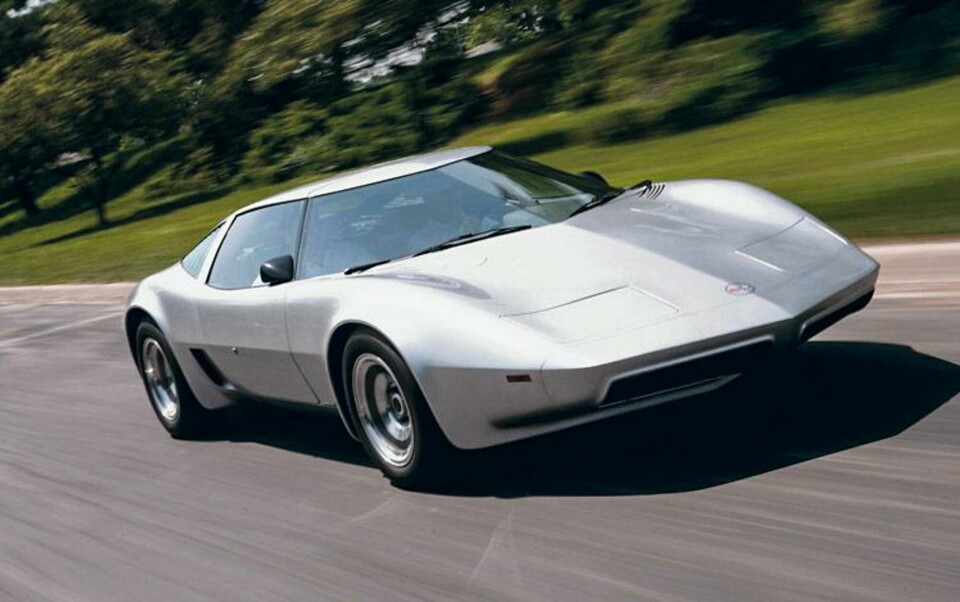
Concept Car of the Week: Chevrolet Aerovette (1976)
The mid-engined Corvette concept that swapped rotary for V8 power
The Chevrolet Corvette has been in continuous production since 1953, spawning a host of interesting concept cars along the way. One such showcar was the Aerovette, which began life as an experiment to create a mid-engined Corvette in the late-1960s.
Power was to come from a new rotary engine, which GM was developing for its forthcoming Chevrolet Vega. After experimenting with a number of variations, GM would create a four–rotor prototype, the XP-895 Corvette Four-Rotor, and display it at the Chicago and Paris motor shows in 1973.
Unfortunately, the energy crisis of the same year would put an end to the rotary programme. The XP-895 languished in a warehouse for three years, when GM design chief Bill Mitchell and his staff brought it out of storage, spruced up some of the design details, swapped the rotary for a V8, and renamed the car the Aerovette.

Introduced at the New York auto show in 1976 it became an instant smash hit with the public and in the automotive and business press, becoming known as “the car that launched a thousand magazine covers.” Mitchell, seizing the moment, got approval for the car to be produced for the 1980 model year, and the drooling anticipation began in earnest in the Corvette world and beyond.

The Aerovette was remarkable in its design: a futuristic sports coupe that was also immediately recognisable as a Corvette. Purists could see details from heritage models, both production and concept. The nose was pointed like the Shark generation of the 1960s; the enormous windshield halves met at a centre ridge like the Mako Shark II concept; the fastback rear tapered down to a thin line like the split-window 1963 classic; and the ventilation fins just behind the passenger cabin were reminiscent of the 1960s Mako Sharks and Stingrays. All these details were wrapped up a package so clean and futuristic that there seemed a certain inevitability about the design – as if it organically emerged from previous design concepts and was speeding off into the future.

Its side profile was nearly a pure almond shape, aerodynamically sleek, with a drag coefficient of 0.325. No extraneous lines, surfaces, or graphics marred the design. The eye and hand slipped over the car with balletic ease. It seemed effortlessly in motion even while standing still.

The interior was accessed through articulated gullwing doors designed to fold out of the way once raised. The minimalist cabin featured an IP that was an unbroken surface except for a small display immediately in front of the driver.

Most of the controls, all operational, were located on the centre console. Although visibility was limited at the rear, the massive windscreen allowed for expansive panoramic views.

But even as anticipation for the upcoming Aerovette peaked, its doom was already sealed. Key designers and engineers of the concept retired shortly after the car appeared. David R. McLellan, who took over the project, had no love for mid-engined cars and their complicated engineering. The few mid-engined sports cars available in the US at that time were slow sellers, while Corvette sales were being eroded by a brash young upstart, the Datsun Z.

Instead, it was decided to steer a safe course with the Corvette for the 1980s and beyond, with the traditional front-engine, rear-drive layout still the preferred choice, although rumours of a mid-engined model continue to rumble to this day.

Whether we will ever see a mid-engined Corvette is hard to know. But one thing is for certain, achieving the design sophistication and timeless quality of the Aerovette would be an extremely tough task. High praise indeed for a design almost half a century old.




